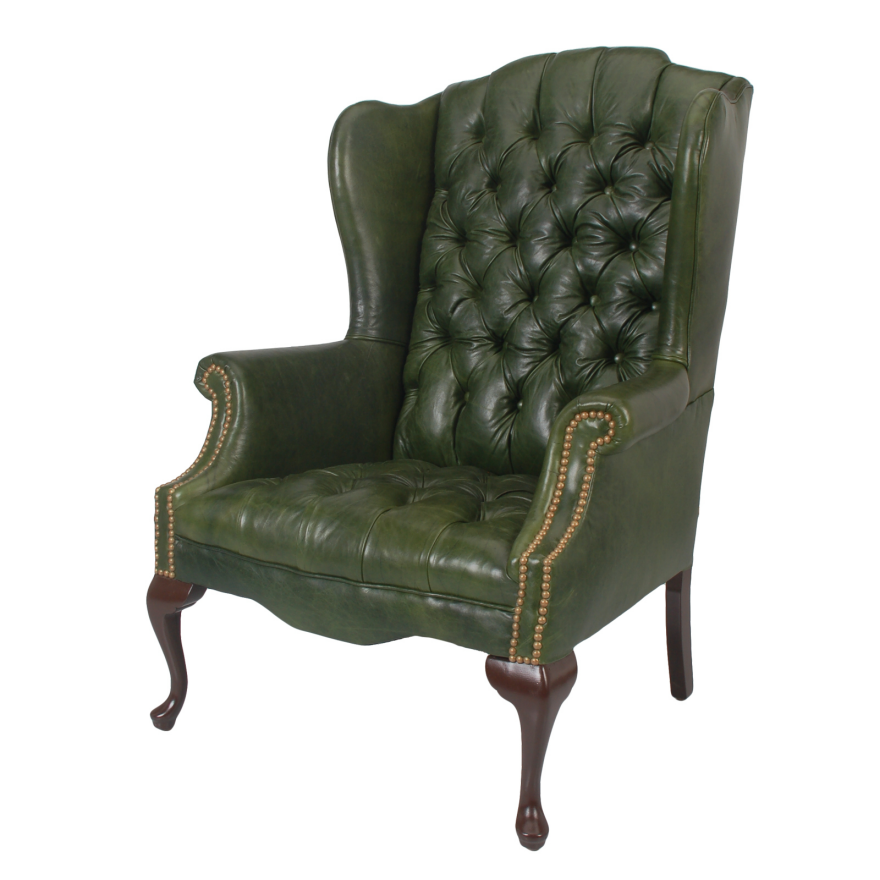#HTE
Furniture Design History: Why Do Wingback Chairs Have Wings?
If form follows function, then to the modern-day observer, the design of wingback chairs does not appear to make sense. Why add structure to, and upholster, the sides of a chair above the armrest? The sitter needs no lateral support and is not likely to even contact the wings in regular use.

The answer has to do with climate control, or more precisely the lack of it, in 1600s Britain, where this chair style was first invented. Lacking weatherstripping, caulk and triple-glazed windows, houses and buildings of the time were drafty affairs. The wingback chair was designed to be sat in front of the dominant heating method of the time, fireplaces, while the wings on the side prevented drafts from slicing through your little cocoon of warmth. The pronounced protrusion of the wingtips was to keep the breeze off of your ears and neck.
The earliest versions were made completely of wood, and upholstery was sparse.

Even when the chairs first did become fully upholstered, it was more springs and horsehair than plush polyurethane foam, as you can see in this cutaway.

Nowadays wingback chairs can be had in all manner of garish patterns, and with stuffing up the yin-yang…



…or in versions where the materials choice makes no sense given the original context.

To my eye, the classic leather ones look best.

In any case, now you can see that Arne Jacobsen’s egg chair, when it came out in 1958, must’ve looked like the new VW Bug of its day: A modernized nod to the past.

http://www.core77.com/posts/59125/Furniture-Design-History-Why-Do-Wingback-Chairs-Have-Wings
